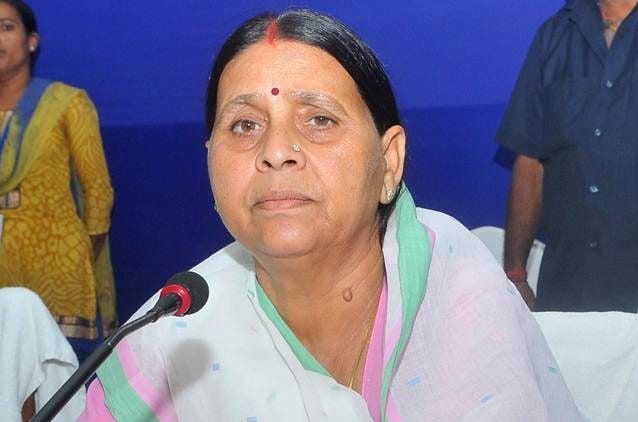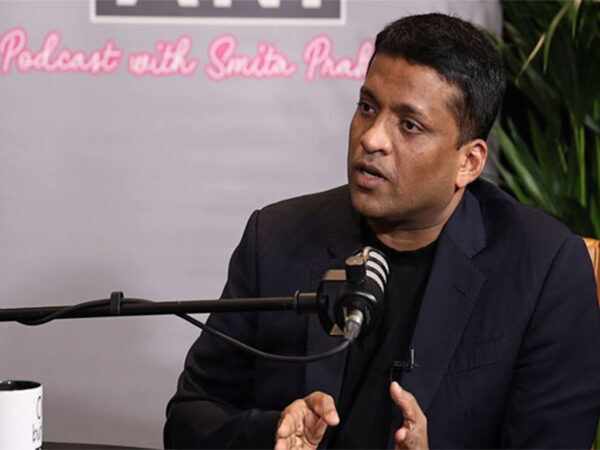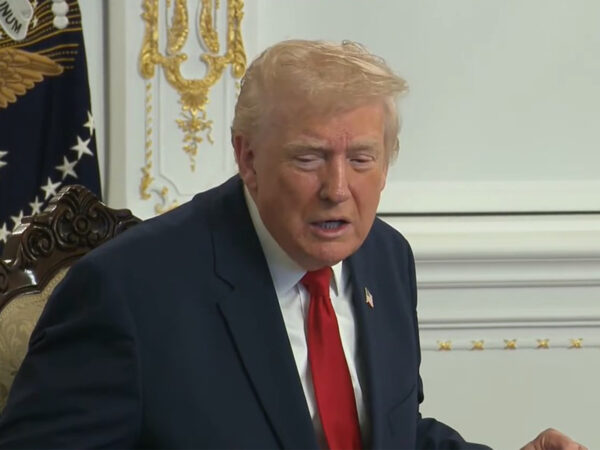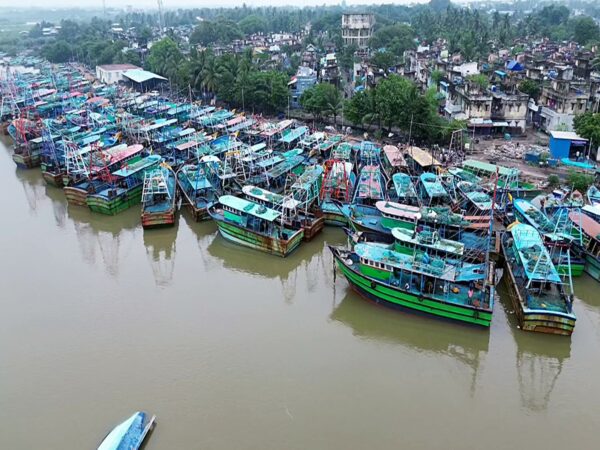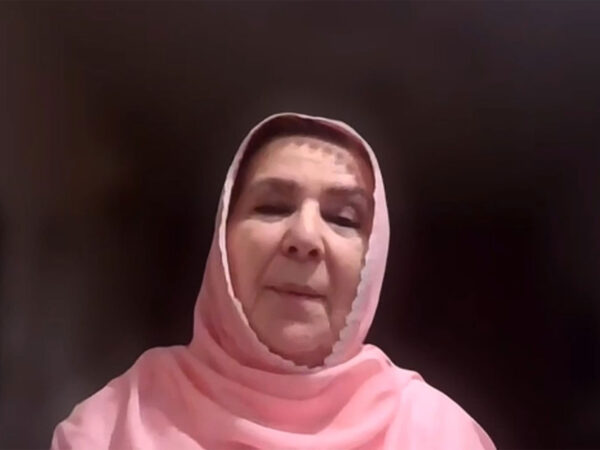The Rouse Avenue Court on Friday issued a notice on ex-Bihar Chief Minister Rabri Devi’s transfer applications in three cases — the Land for Job CBI and ED case and the IRCTC hotel ED case (LARA Project).
Principal District and Session Judge Dinesh Bhat issued notice to the CBI and Enforcement Directorate (ED) and listed the pleas for hearing on December 6.
Advocate Varun Kumar appeared for Rabri Devi. Rabri Devi, along with her husband Lalu Prasad Yadav and son Tejaswi Yadav, is facing trial in the IRCTC CBI case, which is at the stage of prosecution evidence. She has sought transfer of the cases, citing bias and unfairness on the part of the concerned court.
Earlier, the Rouse Avenue court on November 26 issued notice on the transfer application moved by Rabri Devi in the IRCTC hotels corruption (CBI) case. The matter was listed for December 6. The IRCTC case pertains to alleged corruption in the tender of two IRCTC hotels in Ranchi and Puri during Lalu Prasad Yadav’s tenure as Railway Minister. The CBI has alleged that Lalu Prasad Yadav got three acres of prime land through a benami company in return for the deal
The special judge had reserved an order on the charge in the Land for job CBI case. She is also seeking a transfer of the cases to another Judge.
Senior advocate DP Singh had appeared through video conferencing for CBI and submitted that the petitioner has not named ED and other respondents. Therefore, the petitioner cannot seek the transfer of all four cases through a single petition.
ED is not made a party, but they are also seeking the transfer of ED’s cases, senior advocate DP Singh had said.
The court had asked the counsel for the petitioner, “Are you seeking transfer in all 4 cases?” In response, Senior counsel Maninder Singh had submitted that he will file a separate petition for the transfer of the ED case and a plea for the Land for job case.
There was a clear bias and unfairness on the part of the concerned court, Senior Counsel for Rabri Devi submitted. The IRCTC case is at the stage of Prosecution evidence, and the trial is going on a day-to-day basis.
The application against the day-to-day trial has already been dismissed by the special CBI Judge Vishal Gogne.
The Rouse Avenue court on October 13 framed charges against former Railway Minister Lalu Prasad Yadav, Rabri Devi, Tejaswi Yadav, and others for criminal Conspiracy and other offences in the IRCTC hotel corruption case.
This case pertains to alleged corruption in the tendering process for two IRCTC hotels in Ranchi and Puri during the tenure of Lalu Prasad Yadav as Railway Minister.
Special judge (CBI) Vishal Gogne had framed charges against Lalu Prasad Yadav, Rabri Devi, Tejaswi Yadav, and other accused.
The court framed charges under different sections for cheating, conspiracy, and corruption-related offences.
However, all the accused are charged with criminal conspiracy. The order was pronounced in the open court, and the detailed order is to be uploaded by the court. The court said there is sufficient ground to frame charges against all 14 accused.
Lalu Prasad Yadav has pleaded not guilty and said that he will face the trial. Rabri Devi and Tejaswi Yadav are charged with Section 420, 120 B of IPC for the offence of cheating and conspiracy. They denied the charge and said they will face the trial.
On September 24, the court had directed all the accused persons to appear in person. This case concerns allegations of corruption in the allotment of maintenance work for IRCTC hotel tenders during the tenure of Lalu Prasad Yadav.
The Court had reserved the order on May 29 after hearing submissions by the counsel for the Investigation Agency and for the accused persons on a day-to-day basis.
On March 1, the Central Bureau of Investigation (CBI) had concluded its arguments on charges against former Railway Minister Lalu Prasad Yadav, Rabri Devi, Tejaswi Yadav, former Minister Prem Chand Gupta and other accused persons. There are 14 accused in this case.
This case is connected with a period when Lalu Prasad Yadav was the Railway Minister from 2004-2009.
It is alleged that the maintenance contract for two IRCTC hotels, namely BNR Ranchi and BNR Puri, was transferred to Sujata Hotel, a private firm owned by Vijay and Vinay Kochar.
The CBI has alleged that in return for this deal, Lalu Prasad Yadav got three acres of prime land through a benami company.
On July 7, 2017, the CBI filed an FIR against Lalu. The agency also raided 12 locations linked to Lalu and his family members in Patna, New Delhi, Ranchi and Gurgaon.
On the other hand, it was submitted on behalf of Former Railway Minister Lalu Prasad Yadav that there is no material to frame charges against him in the IRCTC corruption case, and he deserves discharge in this case.
Senior advocate Maninder Singh, counsel for Lalu Prasad Yadav, argued that there are no irregularities on Lalu Prasad Yadav’s part. The tenders were awarded fairly. There is no insufficient material to frame charges against Lalu Prasad Yadav. He deserved to be discharged of the charges.
The CBI had lodged an FIR on July 5, 2017. A charge sheet was filed in April 2018.
CBI had invoked section 120B read with 420 of IPC, section 13 (2) read with 13 (1)(d) of the Prevention of Corruption Act. (ANI)
